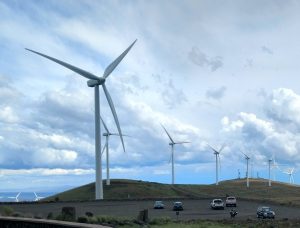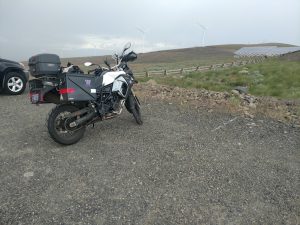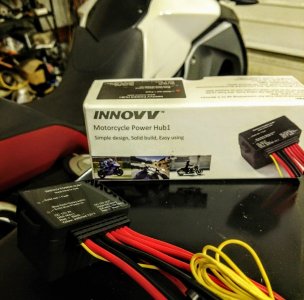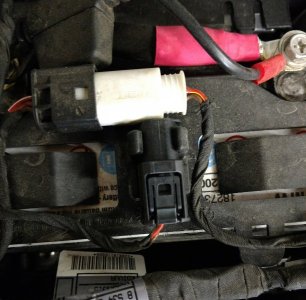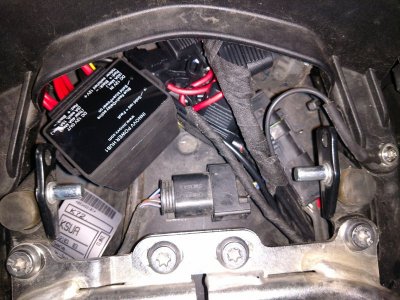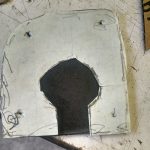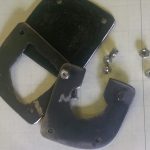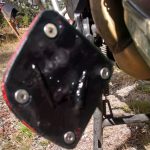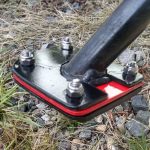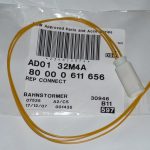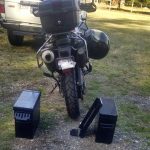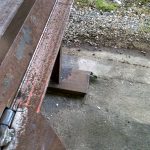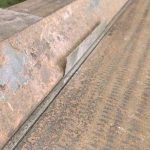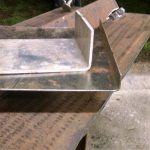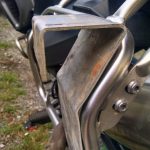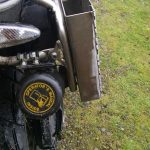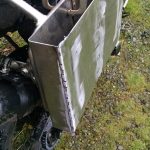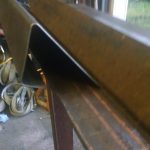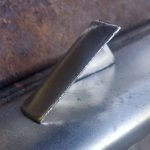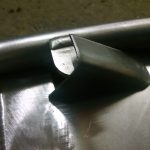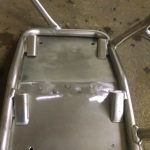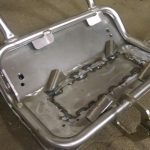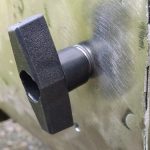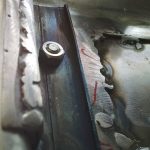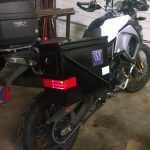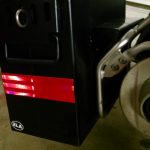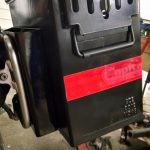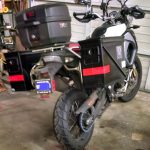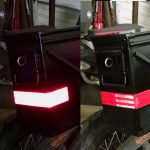If you haven’t found it yet, check out Adventure Rider Radio. This is a podcast “radio” show about motorcycles and adventure travel produce by Jim and Elizabeth Martin from their home on Vancouver Island, British Columbia, Canada.
What a fantastic episode. It just so happens I was traveling through Central Washington State, catching up on the last several episodes on my new SENA 10U when Riding in Extreme Conditions Part 1 came on. For those that don’t know, Ellensburg is known as Washington’s windy city and home to one of the largest wind farm complexes in the region, Wild Horse Wind & Solar Facility. First part of Part 1? Wind!!! As David Hough was talking me through techniques for handling strong side winds I was able to practice them, REAL TIME!! It was almost like I was at a training session where David dialed up the wind and sent the class out after each “lesson”.
On my return trip, it was REALLY windy and having some coaching and practice on the way over it wasn’t too bad. I wasn’t tense, I had the key points in mind, relaxed my shoulders and enjoyed the ride despite sometimes 35 mph gusts. Grant Johnson’s segment on rain wasn’t lost on my either. On my return, I departed from I-90 for a bit and took the Old Vantage Highway to see the Wild Horses Wind Farm visitor center. After leaving the center I encountered fresh rain on pavement that had been dry (and hot) for the last several weeks. The white frothy water was a clear indicator that there was a lot of oil on the surface. And Jim, I need to look into better pants that don’t leak in the crotch area, or add in rain gear to my kit.
And Part 2 of the series? Wednesday on the ride East I hit a high of 95 deg F. On the ride home, at the wind farm visitor center, it was 42 deg F with blowing rain.

